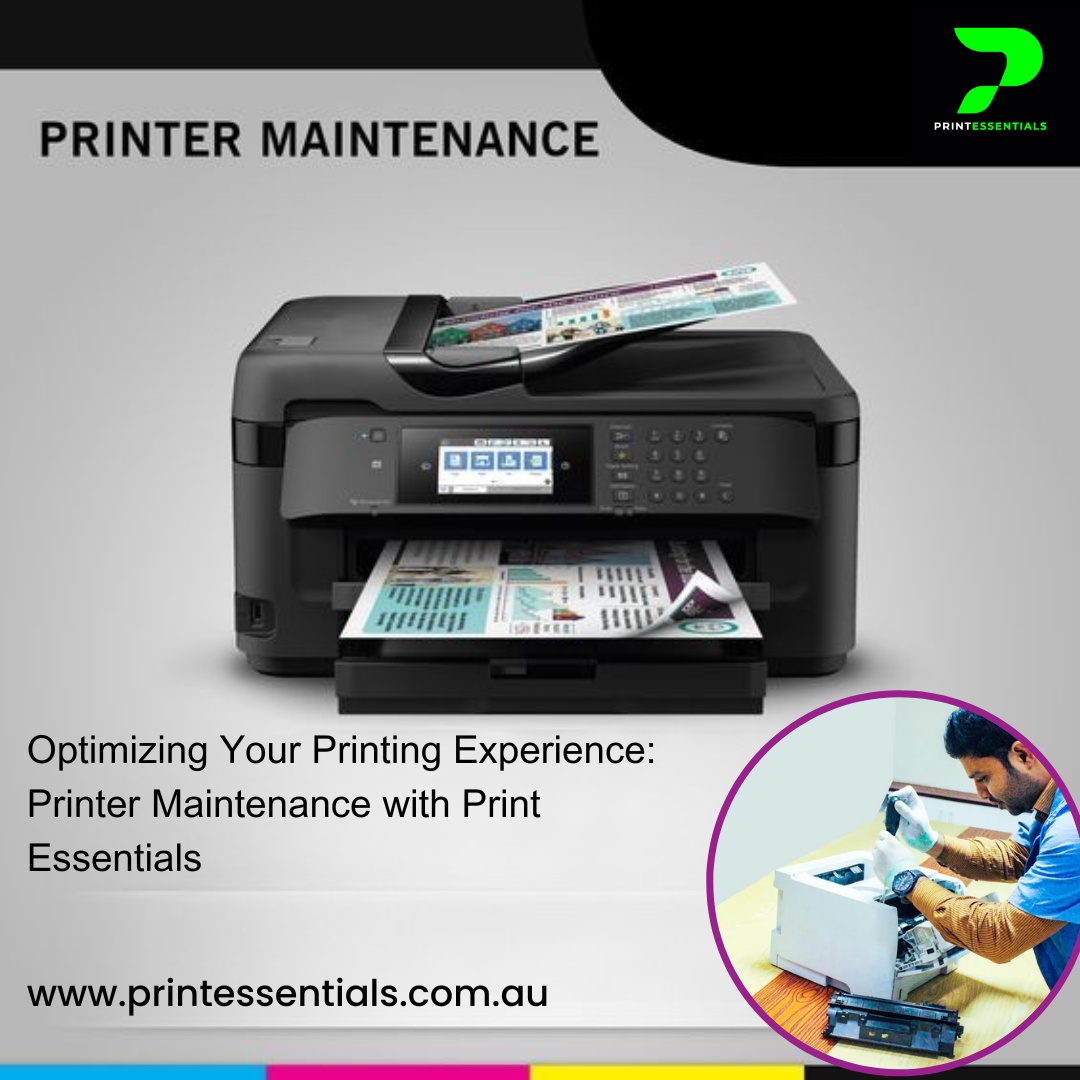Commercial printing machines have played a pivotal role in the dissemination of information and the production of various printed materials, from books and newspapers to brochures and packaging. The history of printing technology is a fascinating journey that has seen significant advancements, from Johannes Gutenberg’s invention of the printing press in the 15th century to the modern digital printing technologies of today. In this blog, we will explore the evolution of commercial printing machines and their impact on the printing industry.
The Gutenberg Press: A Printing Revolution
The journey of commercial printing machines began with the Gutenberg press, which Johannes Gutenberg introduced in the mid-15th century. This revolutionary invention used movable type, making it possible to produce books and documents quickly and efficiently. It played a pivotal role in the spread of knowledge and the democratization of information by making printed materials more accessible to a wider audience.
The Offset Printing Press
In the late 19th century, offset printing emerged as a significant advancement. This technology involves transferring ink from a plate to a rubber blanket and then onto the printing surface. Offset printing allowed for high-quality, large-scale production, making it a popular choice for newspapers, magazines, and promotional materials. It remains a widely used method for printing machines for sale in the commercial printing industry today.
The Advent of Digital Printing
The late 20th century brought about a monumental shift in the printing industry with the rise of digital printing. This technology eliminated the need for traditional printing plates and allowed for on-demand printing, shorter print runs, and variable data printing. Digital printing machines like laser and inkjet printers became staples for small businesses, providing cost-effective and flexible printing solutions.
Wide-Format Printers
Another significant development in commercial printing was the introduction of wide-format printers. These machines are designed for large-scale printing of banners, posters, and other promotional materials. Wide-format printers use various printing technologies, including inkjet and UV-curing, to produce high-resolution images on a range of materials, making them invaluable in advertising and marketing.
3D Printing: A New Frontier
In recent years, 3D printing has gained momentum in commercial printing. It’s a ground-breaking technology that allows the creation of three-dimensional objects from digital files. While it’s not a traditional method of printing, 3D printing machines have made a significant impact in various industries, from aerospace and healthcare to fashion and automotive.
Challenges and Future Trends
Despite all the advancements in professional digital printers, the industry continues to face challenges, such as environmental concerns related to ink and paper usage. The demand for sustainable and eco-friendly printing options is growing, pushing the industry to innovate and adapt. In the future, we can expect further developments in digital printing, such as faster and more efficient machines, as well as more environmentally friendly printing solutions. 3D printing is likely to expand its applications, and technologies like augmented reality (AR) and virtual reality (VR) may intersect with the printing industry, offering new and exciting possibilities.
Conclusion
The history of print machines is a testament to human innovation and our enduring desire to communicate and share information. From Gutenberg, press to the digital printers of today, the industry has come a long way, shaping the the way we consume and interact with printed materials. As technology continues to advance, the future of commercial printing promises even more exciting developments, revolutionizing the way we print and share information in the years to come.


No comments yet